
Designing with Color: How to Plan a Year-Round Palette in Your Landscape
Published: 08/10/2025 | Updated: 29/10/2025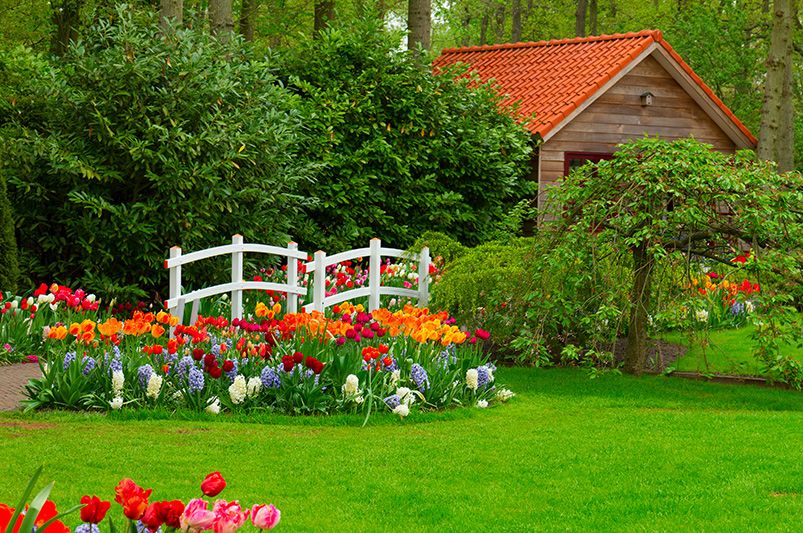
A beautiful landscape doesn’t just happen—it’s carefully orchestrated through color, texture, and timing. While many homeowners focus on spring or summer blooms, the true magic of landscape design lies in crafting a year-round palette that evolves through every season. With a bit of planning and guidance, your garden can offer visual delight from the first spring thaw to the heart of winter.


In this guide, we’ll walk you through the art and science of designing with color—from understanding seasonal bloom sequencing to creating harmony with plant texture combinations and the color wheel for landscaping. Whether you’re a do-it-yourself gardener or working with ShrubHub’s design experts, these strategies will help your landscape flourish all year long.
Step 1: Understand Seasonal Bloom Sequencing
Nature is cyclical—so your color plan should be too. Seasonal bloom sequencing ensures that something is always bursting with life, no matter the month. Think of it as a relay race of color: as one plant fades, another takes the baton.
Spring
Kick off the year with vibrant spring bulbs like tulips, daffodils, and hyacinths. Their early blooms paint the garden in cheerful hues after a long winter. Layer these with flowering trees like dogwoods or redbuds for elevated dimension.
Spring Stars:
-
Tulips
-
Daffodils
-
Dogwoods
-
Hyacinths
Summer
Summer is your garden’s time to shine. Lean into bold colors—reds, oranges, and yellows—that reflect the season’s warmth. Combine perennials like daylilies, roses, and coneflowers with ornamental grasses for movement and balance.
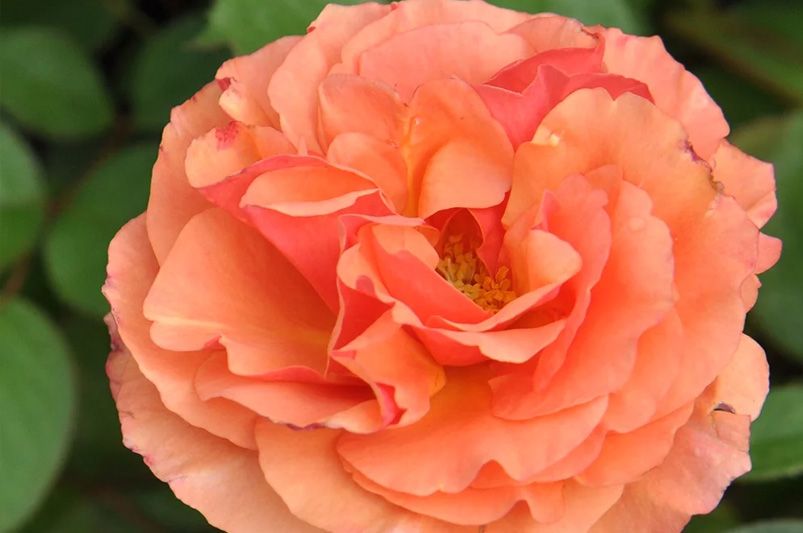
Summer Stars:
-
Roses
-
Daylilies
-
Coneflowers
-
Lavender
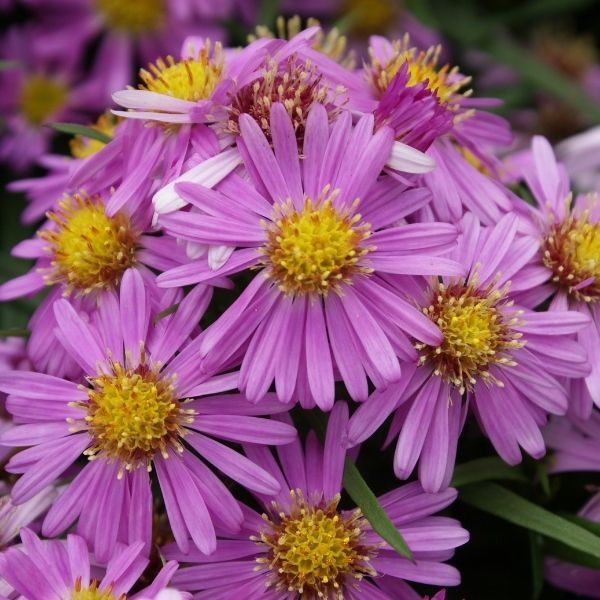
Autumn
As temperatures cool, shift the palette toward warm, earthy tones. Foliage does much of the work here—think maples turning crimson and hydrangeas fading into antique pinks and russets.
Autumn Stars:
-
Asters
-
Chrysanthemums
-
Japanese Maples
-
Sedum
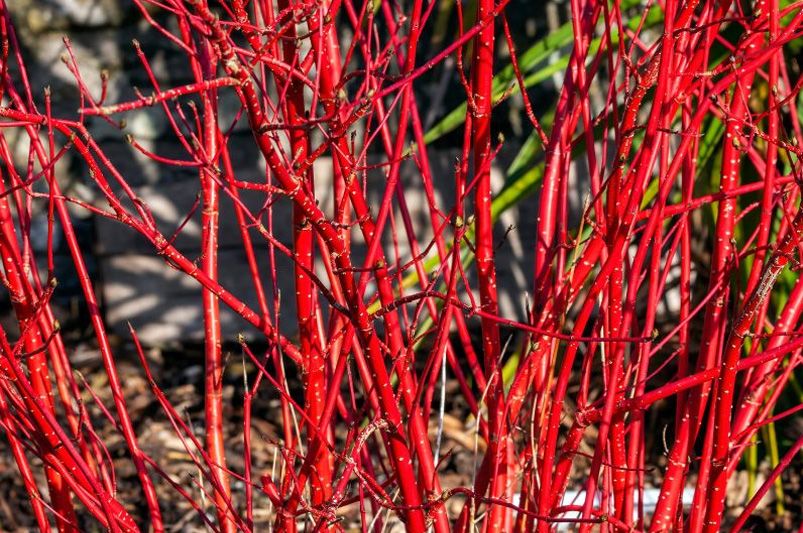
Winter
Don’t let winter’s chill dull your landscape. Color can come from unexpected places—berries, bark, and evergreen foliage. Shrubs like holly, nandina, and dogwood keep your yard alive with texture and vibrancy.
Winter Stars:
-
Holly
-
Winter Jasmine
-
Evergreen Spruce
Pro Tip: ShrubHub’s designers create digital bloom calendars to visualize when and where color will appear in your landscape—helping you plan a balanced year-round display.
Step 2: Mix Plant Textures for Visual Interest
Color draws the eye—but texture keeps it there. A truly dynamic garden combines coarse and fine textures to create contrast, rhythm, and depth.
-
Fine textures (ferns, ornamental grasses, and airy perennials) make small spaces feel larger and softer.
-
Coarse textures (hostas, elephant ears, and hydrangeas) create bold focal points that anchor the design.
When arranged thoughtfully, texture can highlight color rather than compete with it. Picture soft maiden grasses swaying beside the architectural spikes of yucca, or velvety lamb’s ear surrounding a cluster of glossy-leafed camellias.
Texture Tips:
-
Pair spiky plants (like yucca or iris) with smooth foliage (like hosta or azalea).
-
Combine leaf shapes for dimension—broad leaves alongside fine blades.
-
Layer tall, medium, and low textures to create a cascading visual effect.
Texture adds personality—transforming your garden from flat to multidimensional, even when blooms are scarce.
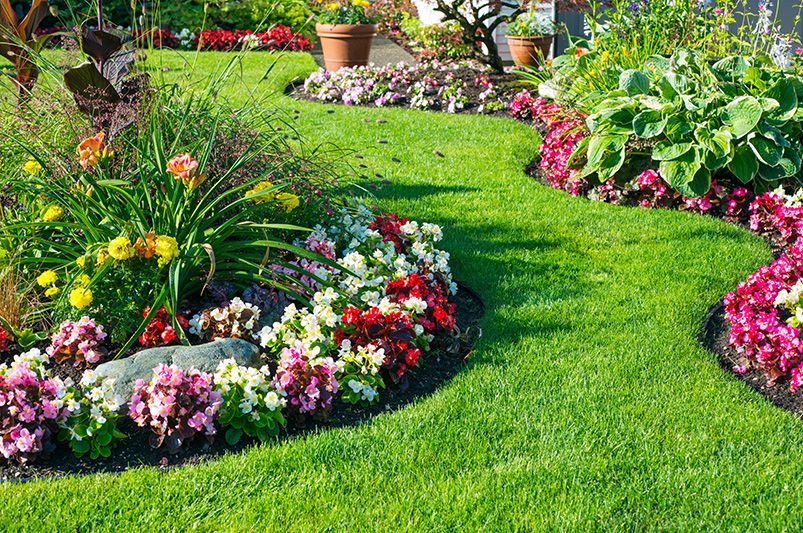
Step 3: Use the Color Wheel for Landscaping Harmony
Ever wonder why certain gardens just feel right? The secret is balance—and the color wheel is your guide.
-
Complementary colors (opposites on the wheel) like purple and yellow create energetic contrast.
-
Analogous colors (neighbors on the wheel) like red, orange, and yellow blend harmoniously for a soothing effect.
-
Monochromatic schemes use different shades of the same color for a clean, modern look.
In the landscape, these choices help you direct attention. For example, a complementary scheme draws the eye to a focal area—perfect for entryways or outdoor seating spaces—while an analogous palette promotes relaxation in larger garden zones.
Color Harmony Checklist:
-
Start with one dominant color family.
-
Add complementary hues sparingly for emphasis.
-
Anchor your palette with evergreen shrubs for balance year-round.
-
Use mulch, stone, and hardscaping tones to tie everything together.
ShrubHub’s virtual 3D designs allow you to experiment with color combinations before planting—helping you see how hues interact under real sunlight conditions.
Step 4: Layer Plants for Year-Round Depth
Layering isn’t just about aesthetics—it’s about longevity. By arranging plants in vertical layers, you create an ecosystem that evolves gracefully over time.
-
Canopy Layer: Trees that define the skyline (e.g., maples, magnolias).
-
Shrub Layer: Mid-level structure (e.g., hydrangeas, boxwoods).
-
Perennial Layer: Seasonal color (e.g., daisies, peonies).
-
Groundcover Layer: Texture and erosion control (e.g., creeping thyme, vinca).
Within each layer, balance bloom timing and foliage texture for visual interest. For instance, evergreens provide the “bones” of the garden, while perennials rotate the color story throughout the seasons.
Layering Tips:
-
Group in odd numbers for natural flow.
-
Use taller plants as backdrops to medium and low layers.
-
Leave space for growth—crowding reduces airflow and color visibility.
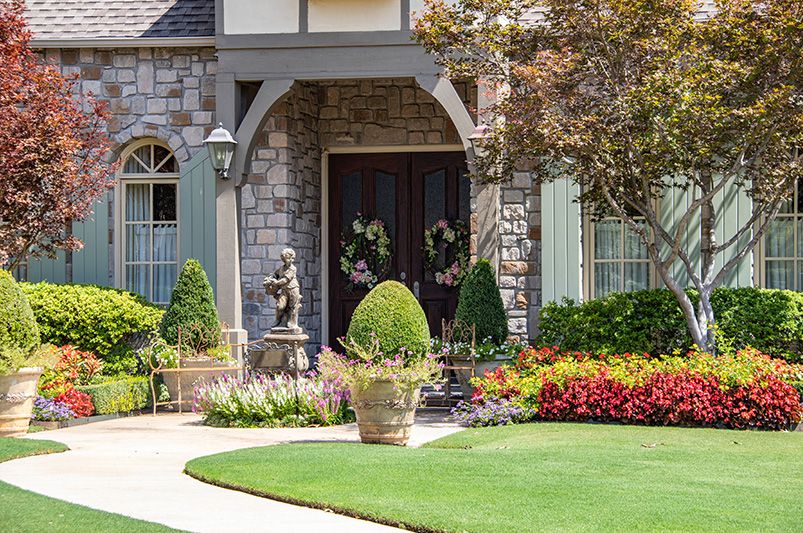
Step 5: Maintain Your Color Story Year After Year
A garden is alive—and that means it changes. Seasonal maintenance keeps your color plan consistent and vibrant.
-
Prune strategically: Deadhead flowers to encourage reblooming.
-
Refresh annually: Add seasonal annuals to fill gaps or experiment with new hues.
-
Fertilize wisely: Healthy plants mean richer color saturation.
-
Adjust lighting: Add landscape lighting to highlight colors at dusk or during winter months.
Think of maintenance as editing your masterpiece—each season gives you an opportunity to tweak, refine, and refresh.
Bring Your Color Vision to Life with ShrubHub
Designing with color is equal parts creativity and science—and ShrubHub brings both together beautifully. Our expert landscape designers craft 3D, photorealistic designs that let you preview your garden’s color transitions across all four seasons.
Whether you want a soft pastel spring retreat or a bold autumn showcase, ShrubHub helps you visualize, plan, and plant your perfect color story.
Get Your 3D Landscape Design Today
Transform your yard into a vibrant, evolving paradise—crafted with color, texture, and balance by the ShrubHub design team.
Downloadable PDF
Your Year-Round Color Planner: A ShrubHub Bloom & Texture Guide
Design with Confidence: Plan Your Seasonal Color Story Step-by-Step
This free downloadable guide helps you map out a 12-month bloom sequence, match complementary textures, and build your personalized landscape palette. With checklists, color wheel examples, and planting tips, you’ll have everything you need to bring ShrubHub’s expert techniques to your own backyard.
Download the Free Color Planner PDF
5 FAQs About Designing with Color
1. How do I make sure my garden has color all year long?
Plan using seasonal bloom sequencing—choose plants that flower at different times of year, and mix in evergreens or colorful bark for winter interest.
2. Can I use the color wheel for landscaping like in interior design?
Absolutely. The same principles apply—complementary colors add contrast, while analogous tones create harmony.
3. What if I have a small garden space?
Focus on texture contrast rather than color overload. Fine textures can make a small space appear larger.
4. How do I maintain consistent color over time?
Refresh your garden with seasonal annuals, fertilize regularly, and prune to promote reblooming.
5. Can ShrubHub help me design my color plan?
Yes! ShrubHub’s professional designers create 3D visualizations that map your color palette season by season—so you know exactly what your yard will look like before planting.


